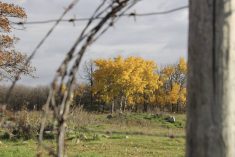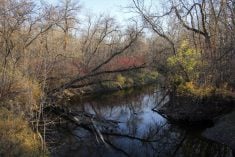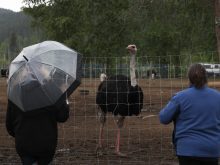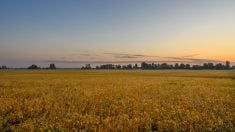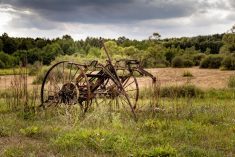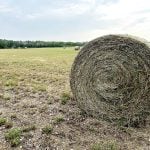More ranchers in five provinces may now be able to defer some of their taxable income from their livestock sales in 2016 due to drought.
The federal government on Aug. 4 announced its final list of drought-designated regions where the livestock tax deferral provision will be allowed for the 2016 tax year, and has included more jurisdictions on top of those designated last November and in March this year.
Read Also
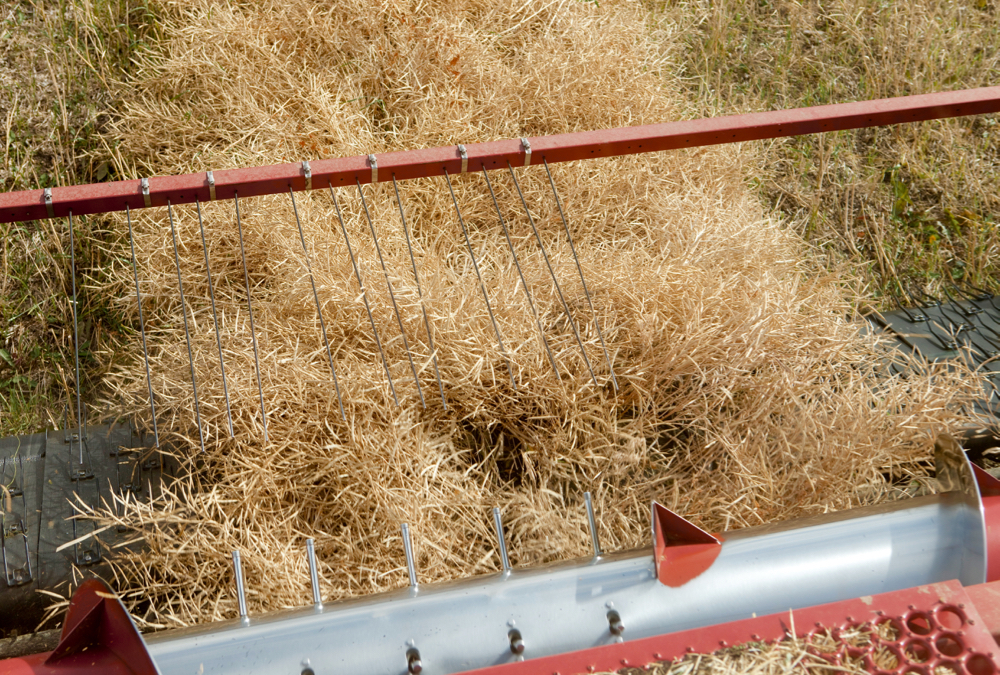
Alberta harvest wrapping up: report
Harvest operations advanced to 96 per cent complete in Alberta as of Oct. 7, with only a few late-seeded cereal and canola fields remaining, according to the latest provincial crop report.
The final 2016 list includes areas in Alberta, Ontario, Quebec, British Columbia and Nova Scotia, where low moisture levels resulted in “significant forage shortages” for livestock producers, the government said in a release.
In British Columbia, the census subdivisions of East Kootenay A and Skeena-Queen Charlotte D have now joined the 2016 list, along with the municipal district of Taber and Kneehill and Lacombe counties in Alberta.
Further east, Ontario jurisdictions now making the final list include the cities of Burlington, Cornwall, Mississauga and Thorold, the towns of Halton Hills, Milton, Oakville and Wasaga Beach, the townships of Addington Highlands, Athens, Beckwith, Central Frontenac, Drummond/North Elmsley, Elizabethtown-Kitley, Front of Yonge, Limerick, Puslinch, Rideau Lakes, Tay, Tay Valley, Tiny, Tudor and Cashel, and Wollaston, plus Norfolk County.
In Quebec, communities making the final list now also include the census subdivision of Lac-Ernest, the city of Salaberry-de-Valleyfield, the municipalities of Elgin, Franklin, Hinchinbrooke, Kazabazua, Labelle, Ormstown, Saint-Anicet, Sainte-Barbe, Saint-Stanislas-de-Kostka, the townships of Dundee, Godmanchester and Low and the parish of Saint-Louis-de-Gonzague.
In Nova Scotia, the extra communities making the final list include the districts of Clare and Digby and the region of Queens.
The tax deferral provisions allow livestock producers in prescribed regions to defer portions of their 2016 sale proceeds of breeding livestock, until the next tax year. Producers can request the tax deferral when filing their 2016 income tax returns.
The intent of the deferral is to reduce the tax burden associated with the sale, as the cost of replacing the animals at least partially offsets the deferred income.
To be eligible for the deferral, a producer’s breeding herd must have been reduced by at least 15 per cent. If the breeding herd has been reduced by at least 15 per cent, but less than 30 per cent, then 30 per cent of income from net sales may be deferred.
Where the herd has been reduced by 30 per cent or more, however, 90 per cent of income from net sales can be deferred.
Proceeds from deferred sales are then included as income in the next tax year. If an area qualifies for a drought or excess moisture/flood designation in consecutive years, producers may defer sales income to the first year in which the area is no longer designated.
The deferrals are requested if impact on a designated area is deemed “significant,” defined as forage yields of less than 50 per cent of the area’s long-term average.
Looking ahead to the 2017 tax year, the federal government on Aug. 4 said its officials “are working closely with their provincial counterparts and emergency management personnel to understand the impacts of the current wildfires in British Columbia on agricultural operations.”
The federal ag department said it “recognizes the pressure British Columbia livestock producers are under and will work with them and the provincial government to explore all options for assistance, including the potential for livestock tax deferral.” — AGCanada.com Network



